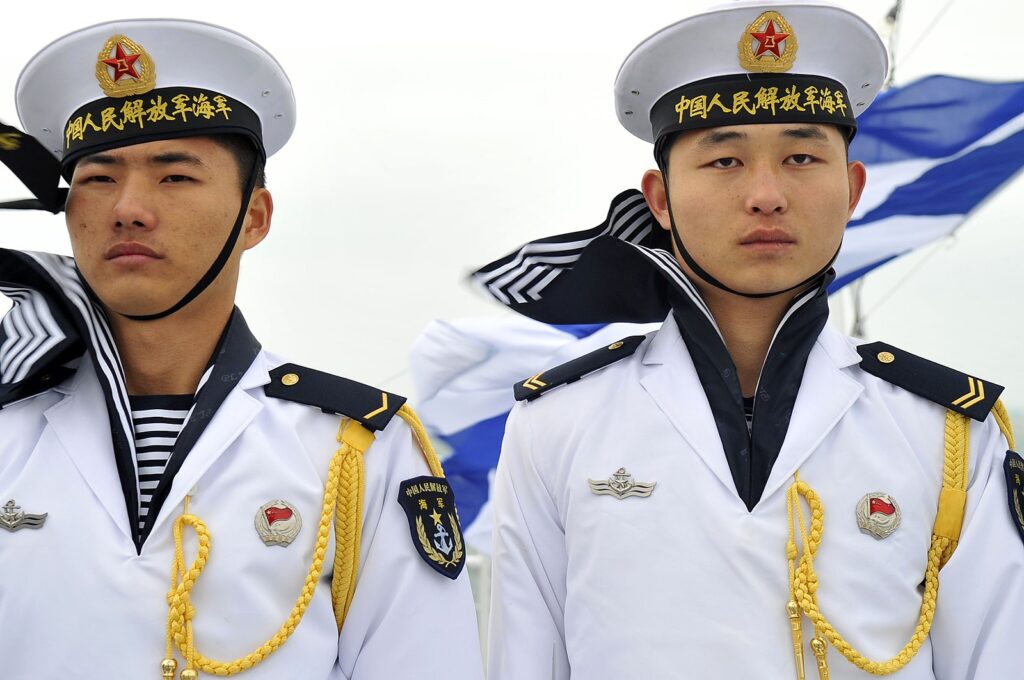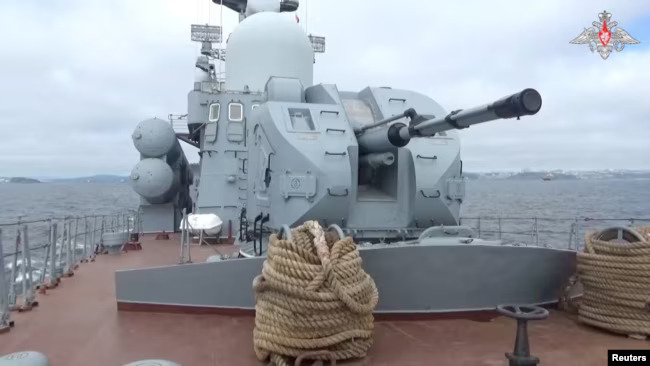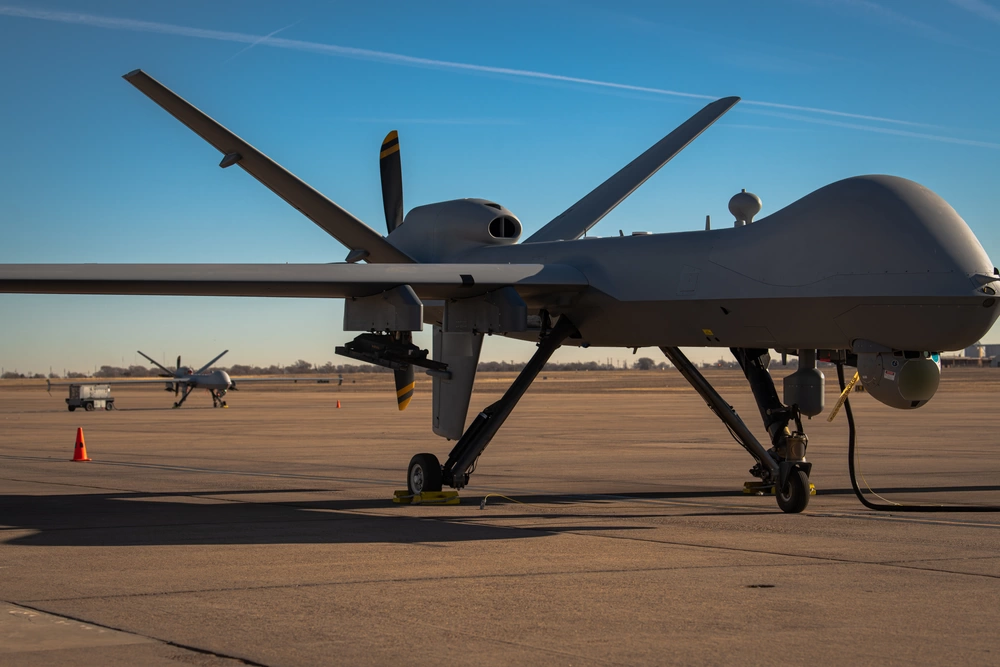It went largely unnoticed in America amid the political tumult of the election year and the escalating events in the Middle East that in early September Russia launched massive air and naval drills across the Pacific and Arctic Oceans, and the Mediterranean, Caspian, and Baltic seas. Collectively called “Ocean 2024,” some of those drills included joint exercises with the Chinese navy in the Sea of Japan and the South China Sea. These joint Russo-Chinese maneuvers in the Pacific are noteworthy, as they signify a growing challenge to an already threatened geopolitical equilibrium in the Indo-Pacific.
The West, led by the United States, has been the dominant pole since the end of the Cold War. To say that American Hegemony is dead is a step too far, but it is certainly weakened and under constant threat these days. Chief among the rival nations vying for geopolitical domination are China (a still-rising great power) and Russia (a weakened and currently mid-level power).
These joint Russian-Chinese naval exercises can be seen as an attempt by both countries to dilute American power in the Indo-Pacific region, with a longer-term goal of supplanting the Western order altogether. From China’s perspective – for we must acknowledge that Russia and China each have their own distinct and ultimately competing strategic aims – its attempts to challenge U.S. sea power in the Pacific are in line with a core national interest of dominating their own backyard (or, “sphere of influence,” as it is known in the lingo of Great Power politics). In other words, China would like to challenge American power in the Pacific to the point that the United States loses any influence and power to shape events in the region. This would of course allow the Chinese to then dominate and shape the region in line with their own interests.
Russia’s goals, on the other hand, are more modest in terms of geopolitical power in the Indo-Pacific theatre, but broader in the sense of wanting to counterbalance U.S. interference in Russia’s war in Ukraine. Russia has long had the goal of becoming a Pacific power, and teaming up with China in the region provides it with that capability. Arguably, though, it must accept a diminished role vis-à-vis China, as effectively a minor partner to its more powerful neighbor. Russia needs Chinese military and financial support more than China needs Russia. Be that as it may, Russia still benefits from showing the United States that it can make trouble for the latter in the Pacific if the U.S. goes too far in supporting Ukraine in its war with Russia.
Related: China is building the world’s first aircraft carrier for drones

The Russian navy is also no doubt desperate to sweep under the rug its significant naval losses to Ukraine in the Black Sea. Those losses have been both strategically significant and also humiliating for Russia, and flexing some naval muscle in the Pacific can in recuperate some lost prestige.
It should surprise no one that both Russia and China want to weaken U.S. and Western hegemony in the region. In commenting on the joint exercises, Vladimir Putin stated that the U.S. “and its satellites are increasing their military presence near Russia’s western borders, in the Arctic, and in the Asia-Pacific region.” The Chinese could have uttered essentially the same words, though there is no equivalent to NATO threatening Chinese interests. The U.S. Navy does, though, regularly make a point of exerting the freedom of navigation in the Pacific, especially in the South China Sea and the waters around Taiwan. This means it sails warships in international waters in the area, despite Chinese protestations.
China, meanwhile, plays a longer game of making occasional territorial claims in the South China Sea, and harassing the fisherman and Coast Guards of various countries bordering the same sea. In this way, the Chinese are laying a foundation for future geopolitical dominance in the region, should the United States ever draw back from the Indo-Pacific.
All of these developments signify an effort by China and Russia to dethrone the U.S. from its current powerful perch over global politics. The two want to counterbalance U.S. sea power and geopolitical dominance in the Pacific, specifically, and what they would describe as “Western Hegemony in international affairs”, more generally. This game will continue to be played until it settles out diplomatically or through great-power war.
The challenge for America, meanwhile, is to walk a fine line in standing up for its own and its allies’ interests in the region and continuing to ensure the freedom of the seas in the Indo-Pacific, while simultaneously trying to prevent a military or diplomatic crisis that could result in a regional or widespread conflict.
Feature Image: Still image from a video, released by Russia’s Defence Ministry on September 10, 2024, shows a Russian warship during drills held by Russia’s and China’s navy in the Sea of Japan. (Russian Defence Ministry/Handout via Reuters/VOA)
Read more from Sandboxx News
- Exploring the Army’s obscure and radical SAWS program
- Ukraine’s getting powerful long-range glide bombs that will give its F-16s a new punch
- Exploring the versatile cornerstone of the US Navy’s destroyer fleet
- 7 strategies to stay positive in your military (or in any) career
- America’s F-15EX could wear many hats in a 21st-century fight










